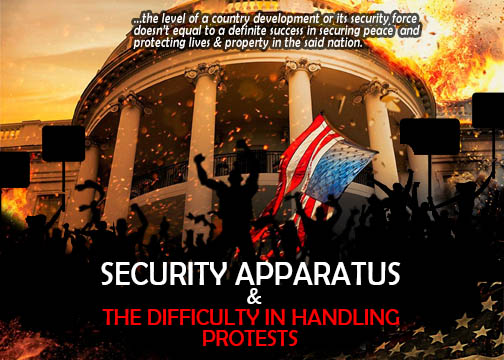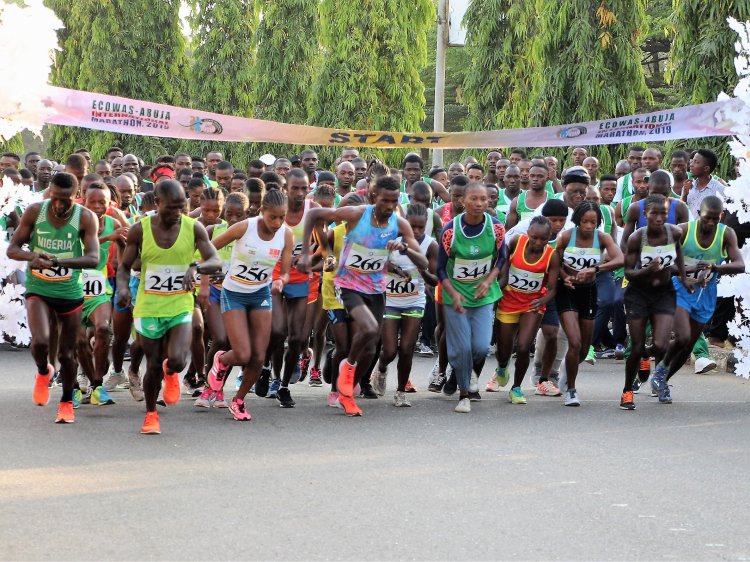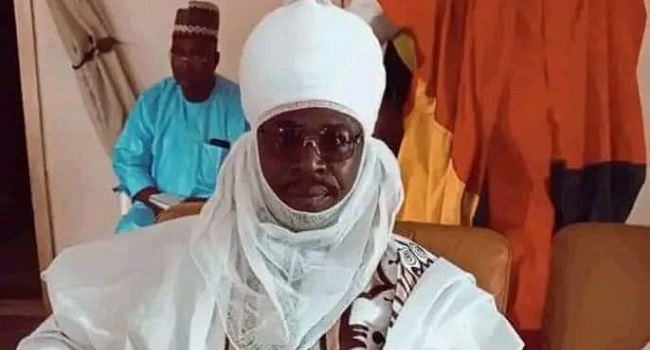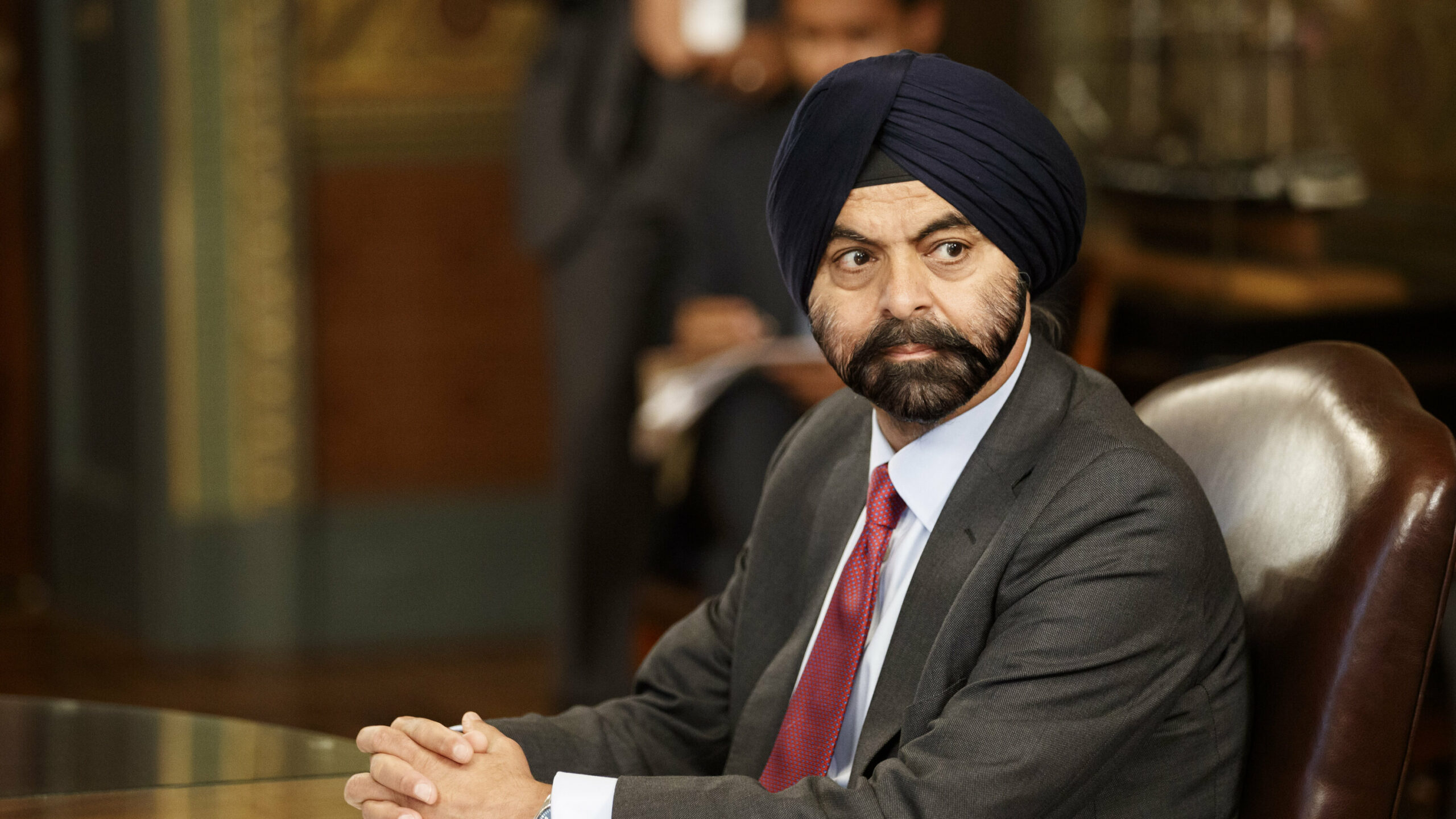The recent invasion of the Capitol Hill in Washington D.C, United States by aggrieved pro-Trump supporters on January 6, 2021 has showed that the level of a country’s development or its security force doesn’t equal to a definite success in securing peace and protecting lives and property in the said nation. The U.S which has a 2000-person force at the legislative complex failed to deploy them to maintain peace and foil any threat on government infrastructure even after days of preparation.
The aggrieved rioters overpowered the police attacking them with lead pipes, pepper spray in protest against the certification of Joseph Biden as the newly elected president, but reinforcements comprising of the F.B.I, Secret Service, Customs and Border Protection, and Bureau of Prisons came over an hour later kitted in heavy tactical gear to douse the riot.
The failure of the U.S security forces to protect the legislative complex only showed that even with over 200 years of democracy, the top security agencies in the United States were unprepared for such an event.
I clearly recall about some months ago where some Nigerians were pointing accusatory fingers at security agencies, particularly the police, DSS and Military for not protecting peaceful protesters from suspected hoodlums during the #EndSARS protest. The social media was loud with so much negativity and criticism dismissing the achievements and progression in Nigerian security space.
The unfortunate event at the Capitol Hill depicted the difficulty faced by security agencies when trying to handle protests. Security agencies will try to differentiate peaceful protesters from violent protesters but its extra difficult to separate the two groups especially in the heat of the protests. Sometimes unplanned collateral damage is expected in such confrontations.














